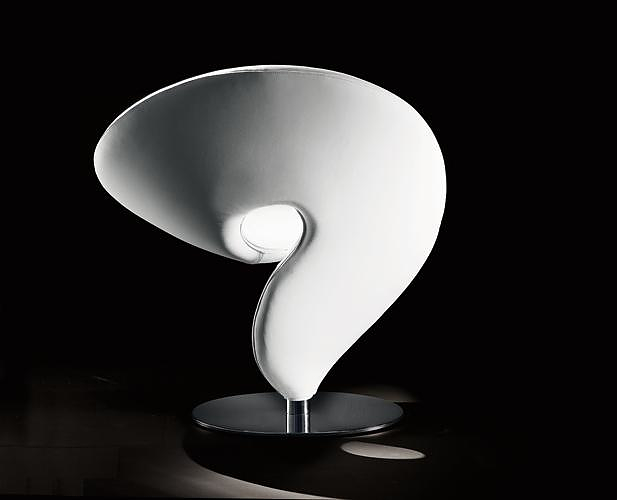Is anagen effluvium reversible?
Is anagen effluvium reversible?
Anagen effluvium
is entirely reversible, with hair regrowth typically occurring after a delay of 3-6 months. Upon the cessation of drug therapy, the follicle resumes its normal activity within a few weeks.
When does anagen effluvium occur?
Anagen effluvium refers to rapid hair loss, mainly affecting the scalp. It most often occurs
7-14 days after chemotherapy exposure. Full hair loss occurs after 1-2 months.
Is it normal to lose anagen hair?
Loose anagen syndrome (LAS) is a benign, self-limiting condition where anagen hairs are easily and painlessly extracted. It is mainly reported in childhood; however, it may variably present in adulthood as well.
What is anagen stage?
The anagen phase is
when your hair grows—your hair follicle forms a new hair shaft. Most (90%) of the hair on your scalp is in a growing phase that lasts from 2 to 6 years. The catagen phase follows the anagen stage.
What does telogen effluvium look like?
With telogen effluvium, you might notice more
hair than usual coming out when you wash or brush your hair. You may find more hair on your pillowcase. The appearance of your hair might change and look thinner all over your head. Androgenetic alopecia varies in men and women.
How do you reduce telogen effluvium?
“Examples of deficiencies include iron, zinc, vitamin D. In these cases, supplementation and improvement in diet can be effective,” Emmel says.
Eating foods such as fish for vitamin D and eggs for biotin may be beneficial in the treatment of telogen effluvium.
Is there a cure for loose anagen syndrome?
No therapy is currently available for loose anagen syndrome. Reassure the patient's parents and adults who are affected that the syndrome is of cosmetic significance only and usually improves with increasing age, particularly after puberty.
How do you fix loose anagen syndrome?
Twice daily topical application of 5% minoxidil is often used in the treatment of loose anagen hair syndrome given its theoretical ability to prolong hair cycling in the anagen phase. The evidence for its effectiveness in this condition is weak but it may help a proportion of individuals.
How long does the telogen stage last?
around 3 months
The telogen phase typically lasts
around 3 months. An estimated 10 to 15 percent of your scalp hairs are in this phase.
Can you fully recover from chronic telogen effluvium?
There is a
95% chance of complete recovery from Telogen Effluvium hair loss when the triggers are identified and it rarely lasts longer than 6 months.
How can I speed up recovery from telogen effluvium?
Make sure the diet includes plenty of protein-rich foods such as meat, eggs, fish, beans, grains, and nuts. The amino acid lysine may be particularly important for hair growth. Iron deficiency may be linked to telogen effluvium. Making changes to the diet to include iron-rich foods may help with hair loss.
When does loose anagen syndrome go away?
LAS is typically considered a benign condition that will resolve in time. However, some cases of persistent LAS have been reported for
up to 14 years.
How common is loose anagen syndrome?
Zaun termed the entity “syndrome of loosely attached hair in childhood.”2 The term “loose anagen syndrome” was coined by Price and Gummer in 1989. 3. EPIDEMIOLOGY. The incidence of loose anagen syndrome is estimated at
2 to 2.5 cases per million per year,4-6 with a female to male ratio of approximately 6:1.
